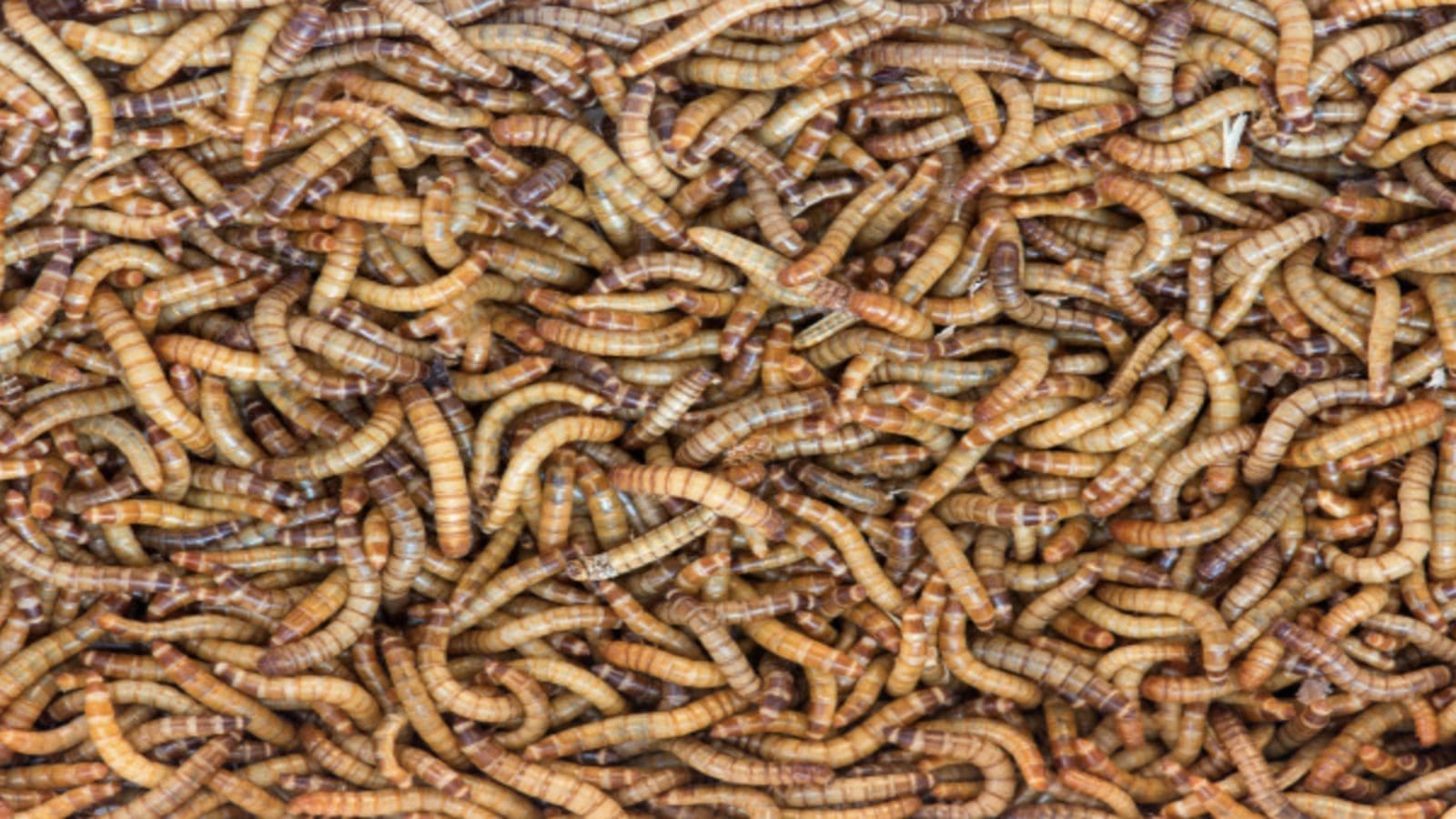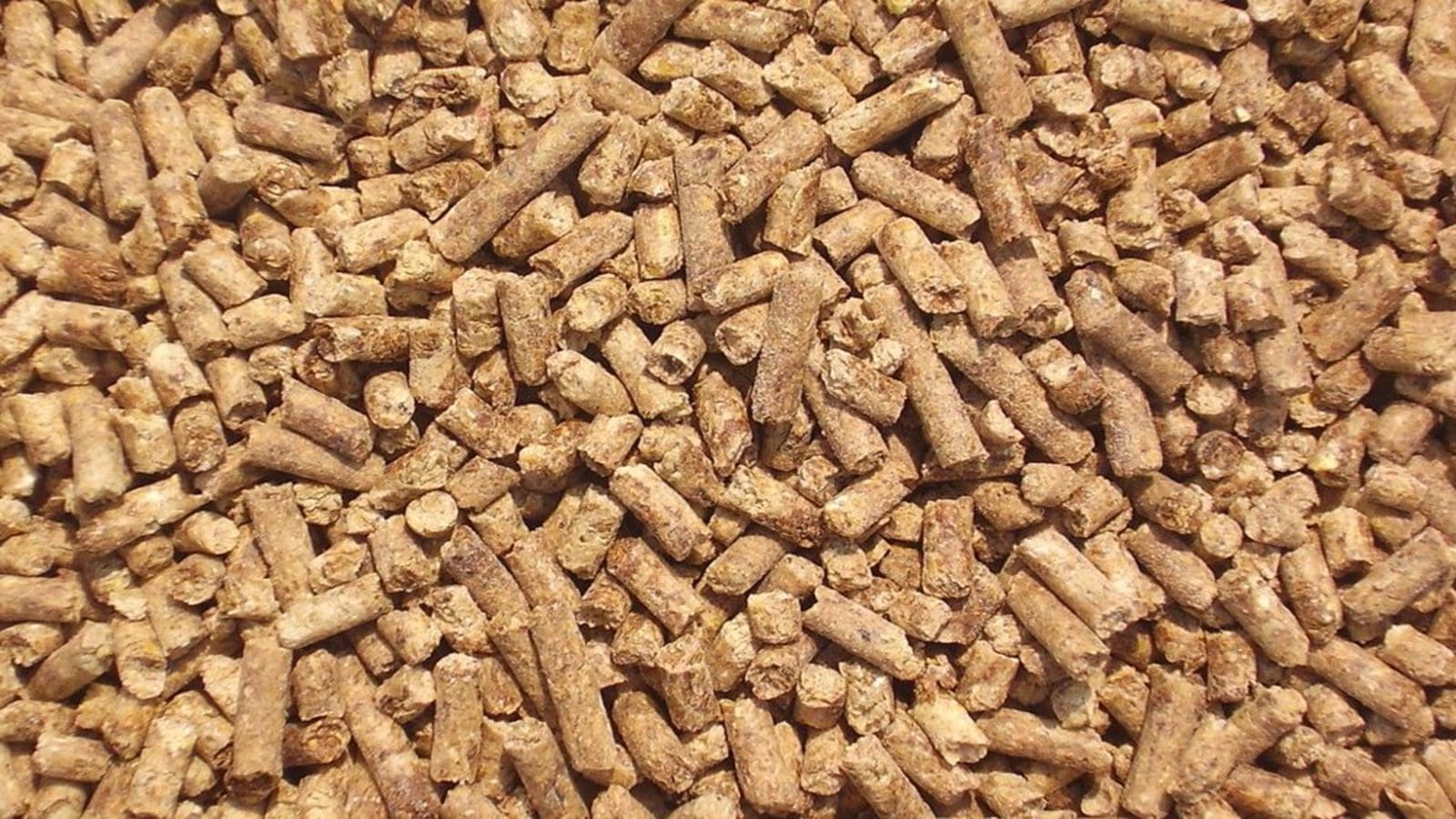CHINA – China’s dairy market will grow at a 6.6% CAGR in value to reach US$54.91billion in 2022 led by yogurt and cheese markets which are experiencing steady high value retail sales growth, according to a new research from Mintel.
The report indicates that yoghurt maintains an annual retail sales growth of over 20% since 2014 while the cheese category has recorded a growth rate of between 15% and 25% from 2015-17.
However, annual per capita volume consumption for major dairy products remains low at 14.3 litres compared to other countries, US leading at 51.7 litres, Japan 36.8 litres.
Per person consumption of cheese and yoghurt in China is lower than in Japan and the US.
“Mintel research indicates that China’s dairy market growth will be driven by increased consumption, resulting from the expansion of consumption occasion, value increase due to the rising price of raw milk, and consumers trading up to more premium options.
When we look specifically at the yoghurt market, thanks to the recent craze over ambient yoghurt, the category is now leading not only in China’s dairy market, but among all food and drink products,” said Summer Chen, senior food and drink analyst at Mintel.
According to the report, consumption of dairy products is influenced by health-related factors with milk and yogurt being highly regarded for improving immunity, good for kids and the elderly.
Consumers would pay more for milk and yogurt, closely related with being high in protein and easily digestible and while cheese is regarded as being high in protein, calories as well as nutritious, butter is likely to be associated with high calories, fat and cholesterol.
Probability with consumers to pay more also increases when the products carry claims such as additional nutrients, healthy ingredients, low fat or fat free and no-additives claims as a result of increased awareness of dairy intake, both in quality and quantity.
For premium options, buying power by consumers is influenced by packaging and taste-related factors such as convenient packaging and limited seasonal flavours.
Also, Products designed for a special group of people (38%), such as those who are getting fit, is also among the top features consumers are willing to pay a premium for.
Urban Chinese consumers prefer dairy products from big (65%) and nationwide (59%) dairy brands and their attitude towards local milk sources, most of them indicating they were unreliable.
Also, more consumers prefer imported dairy products (43%) than domestic ones (34%) and for those who trust local milk sources, 32% prefer imported dairy products.
Chen said that for domestic brands to regain consumers’ confidence in their products, they needed to position with a premium brand image, showcasing additional health benefits, and spotlighting innovative flavours in order to compete with imported brands











